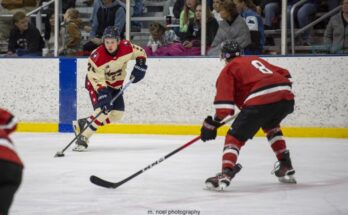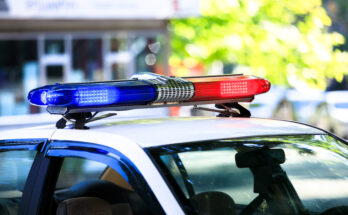The emblem was a shield showing a mailed fist holding lightning bolts and the motto was “Peace is our Profession”.
The legendary Strategic Air Command was older than the U.S. Air Force. It originated in the U.S. Army Air Force in 1946 and became part of the U.S. Air Force when it was created as part of the National Security Act of 1947. In its heyday it was the most powerful military force in the world. It was replaced by the U.S. Strategic Command on 21 March, 1992. My old commander, General George Butler, the last “CINCSAC”, became the first Commander of the Strategic Command. The biggest change was that Navy nuclear weapons were added to what had been SAC and the top position rotated between Air Force Generals and Navy Admirals. The Army and Marines were left out as they have no nuclear weapons.
The Strategic Air Command was always referred to simply as “SAC”. Its most famous commander was Curtis LeMay who held the position from 1948-1957. He oversaw the creation of an all-jet bomber force. SAC controlled all strategic bombers and tankers, all airborne command posts, and all strategic reconnaissance aircraft stationed at SAC bases worldwide.
SAC was on alert 24 hours a day. A “looking glass” aircraft was always in the air with a general officer on board to take command in the event SAC headquarters at Omaha, Nebraska was destroyed. During LeMay’s tenure he implemented operation “chrome dome” keeping nuclear bombers constantly in the air. Today, only the ICBMs are on alert with nuclear bombers and tankers not moving to alert status until a sufficient threat is identified.
Notable SAC weapons included the B-47, our first all-jet bomber, as well as the B-52, and two supersonic bombers, the B-58, which still holds a number of world speed records, and the swing wing FB-111. Supporting those aircraft was a world wide fleet of KC-135 tankers. Only the B-52 and the KC-135 remain today. The B-52 first flew in 1952. The last one rolled off the assembly line in 1962. A news article a few years ago noted that a pilot was flying the same B-52 his grandfather flew.
In the 1970s, SAC commanded more than a thousand Titan and Minuteman nuclear missiles spread among nine bases as far north as Montana and North Dakota and as far south as Arizona.
SAC was a proud organization. It had a reputation for being a hard, demanding place to work. In fact, everything important in SAC was covered by a checklist. Those who followed the checklist and kept themselves spit and polished had nothing to fear from their superiors. SAC was famous for firing “before sundown” those who failed to meet the standards, including Wing Commanders and Air Division Generals. SAC bases set the standard for the rest of the Air Force. SAC was clearly special from the front gate guards with their special uniforms to the long flight line of huge, beautiful machines threatening the Russians with “Mutual Assured Destruction”. SAC personnel were often jokingly referred to as “SAC trained killers”. They are killers no more – old and retired but with memories of a special force and way of life not seen before or since.



